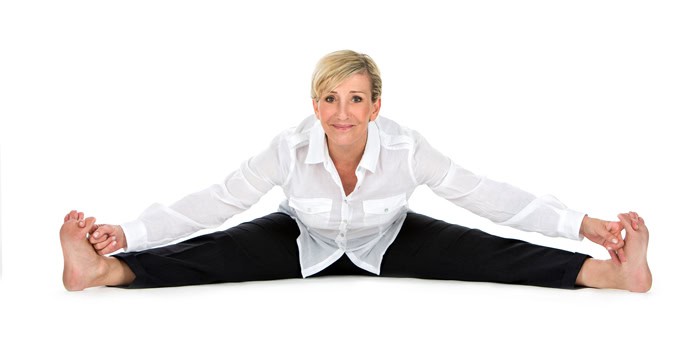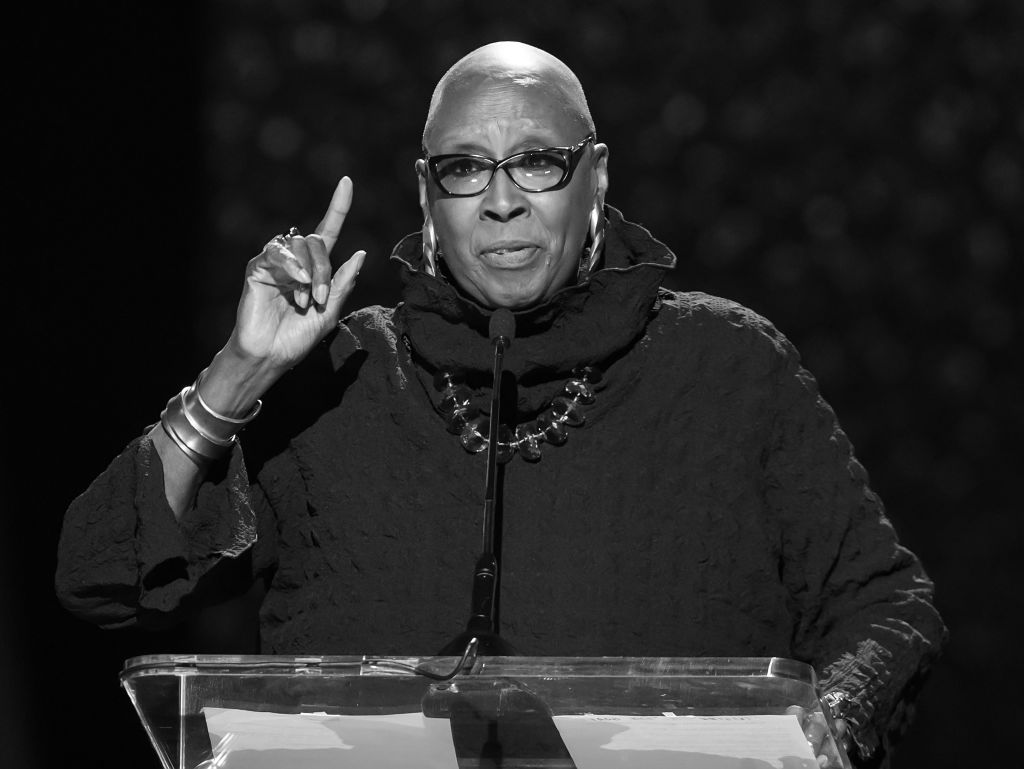When you hear the term spinal generation, you may be mistaken in thinking that this only applies to people who are advancing in years. However, many young adults can suffer from spinal degeneration, brought on for a number of reasons.
In this article, we will look at what causes spinal degeneration in young adults, the symptoms, treatment, and possible cures.
Is Spinal Degeneration common among Young Adults?
Many young adults, particularly women can develop spinal degenerative disorders without even knowing it. However, some young adults can suffer varying symptoms, sometimes, causing significant discomfort.
One cause is degenerative disc disease which results in annular tears in the tissue that surrounds the vertebrae (bones in the spine). In many cases, these tears may go unnoticed but for some people, this can result in ongoing pain that needs medical attention.
In one study involving young women in their twenties, it was discovered that 31% of participants were living with degenerative disc disease that deteriorated during the duration of the study.
In another study that focused on both sexes aged under 21 years old, it was revealed that 76 of the 1,877 young participants had degenerative disc disease, with 31 also suffering from radiculopathy. Radiculopathy involves pressure being placed on nerves in the spine, usually in the cervical, thoracic, or lumbar regions.
What are the main causes of Spinal Degeneration in Young Adults?
It is clear that spinal degeneration is not uncommon among young adults but what are the possible causes of the problem?
Degenerative Disc Disease
As previously mentioned, one of the most common causes of spinal degeneration is degenerative disc disease which can lead to other conditions that affect the spine. This condition is caused by the wearing down of the discs in the spine.
It can be caused by:
• The drying out of the tissue within the disc, as a result of aging.
• Tearing to the outer portion of the disc due to exercising or playing sports.
• An injury to the back.
Spinal Stenosis
Spinal Stenosis occurs when there is too little space in the backbone, resulting in pressure being applied to the spinal cord and the surrounding nerves. Spinal Stenosis is most common in the lower back and in the neck.
It is not uncommon for spinal stenosis sufferers to experience no symptoms, however, others may be subject to pain, tingling, numbness, and some muscle weakness. If left untreated, these symptoms are likely to worsen over time.
General wear & tear, degeneration, and aging are the most likely causes of spinal stenosis, often related to arthritis. If a person’s spinal stenosis develops to a severe level then surgery may be required. The decompression surgery creates more space within the spinal column, easing the pressure and the pain that it may cause.
Osteoarthritis
Osteoarthritis can occur in young adults but this is often rare. It develops when a person’s joints are subjected to consistent damage as a result of general, daily activities. Often, this damage can be repaired by the body naturally and any symptoms are avoided, but for certain people, this is not the case.
Osteoarthritis is when the protective cartilage in the spine or other parts of the body breaks down, causing pain, swelling, and a lack of movement. Bone spurs can also develop over time which causes additional swelling and redness.
The causes of arthritis are sometimes unclear but there are factors that can increase the likelihood of it developing in a young adult. These factors include:
• Joint injuries – Continual and excess strain on a person’s joint means that it does not have enough time to heal after an injury or operation. This is a common cause of arthritis among sports people.
• Existing Conditions – Secondary conditions can also bring on osteoarthritis, especially if the condition has caused damage to the joints. Possible conditions can include gout and rheumatoid.
• Genetics – Osteoarthritis may run in your family, meaning your genetics could make you more likely to develop the condition. However, there is little scientific proof to back this up.
• Weight – Obesity puts extra strain on the joints, including the back, hips, and knees.
• Gender – Women are more prone to osteoarthritis than men.
Herniated Disc
A herniated, slipped, or ruptured disc occurs when one of the cushioned tissues (the discs) that sit between your vertebrae in the spine moves out of place. Each disk has a soft, jelly-like center (nucleus) surrounded by a tougher, rubbery tissue (annulus). A herniated disc is when the nucleus of the disc managed to push through the annulus.
This can happen in any part of the spine, but most commonly in the lower back. This results in pain, numbness, and weakness in the limbs. A herniated disc can sometimes be symptomless, but if symptoms are present, they can heal naturally over time without the need for surgery.
Spondylolisthesis
Spondylolisthesis is a condition when one of the vertebrae in your spine slips out of position, resulting in pain. There are treatments that can help relieve symptoms, including physiotherapy, steroid injections, and anti-inflammatory painkillers, but in severe cases, surgery may be needed.
Spondylolisthesis is most common in the lower back.
Scoliosis
Scoliosis is when the spine twists and curves on one side of the body and can affect people of any age, from babies to adults, although the condition often develops in children aged 10 to 15.
It can be treated and in many cases, the condition is not serious, with no treatment required if it is only a mild case. In extremely severe cases, however, this could cause spinal degeneration.
Can surgery cure Spinal Degeneration in Young Adults?
Spinal decompression and fusion is the most common form of spinal surgery for spondylolisthesis, spinal stenosis, herniated discs, and other lower back conditions.
An unwanted side of traditional surgery is a lack of mobility in the spine due to the bones being fused together. This is why many doctors are now promoting the benefits of a Tops system which helps to maintain full mobility in the back. Read more about Tops Systems here.



















;Resize=(1180))

Discussion about this post